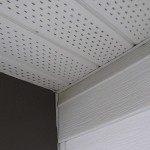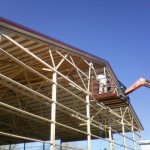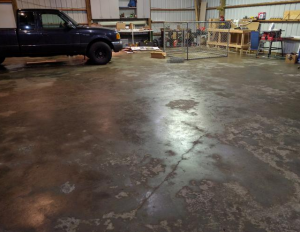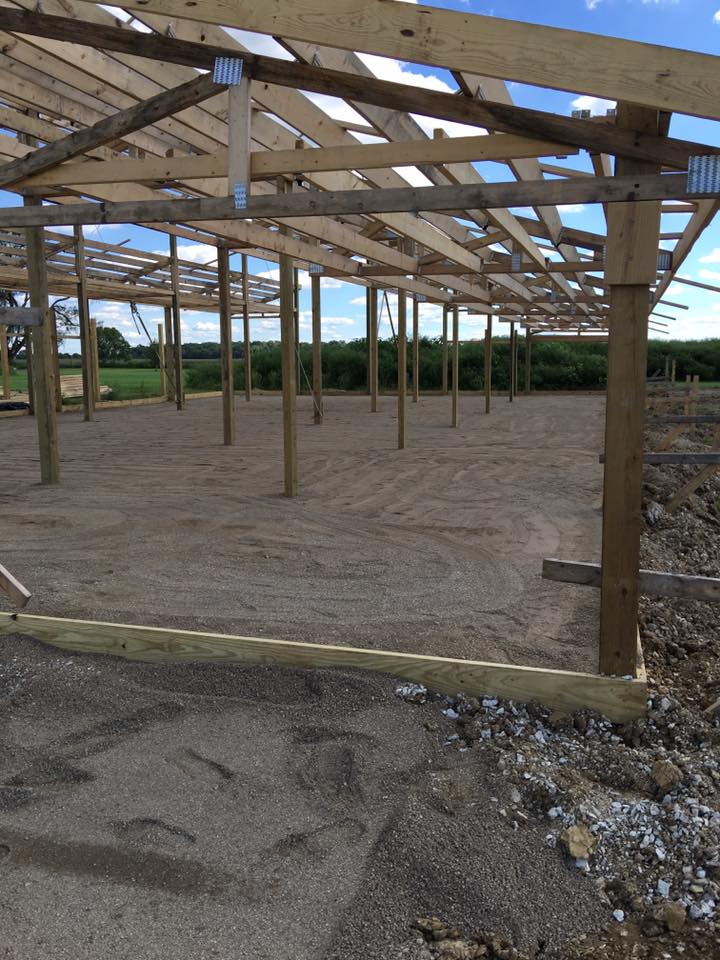Galvanic Corrosion with Aluminum Soffits
John Minor was introduced to me by his father-in-law, my now long deceased partner, Rod Sevy back in 1993. A personable young man, John went to work for us selling pole buildings and became quickly both successful and knowledgeable.
With a bit of wanderlust in his system, among those John has also worked for include Stockade Buildings, Morton Buildings, my company, Alpine Buildings and FBi Buildings. He also ran his own pole building company, and manufactured snow boards.
John has now settled in as Business Development and Product Manager for a firm which provides and installs electric powered openers for sliding doors (for more good reading on these doors please go to: https://www.hansenpolebuildings.com/blog/2012/06/sliding-doors/).
 John came back to work for me after a few stops in the Midwest and brought along enclosed soffit overhang ideas. Up until then, the majority of pole buildings constructed in the Pacific Northwest had either minimal overhangs (enough to get rain off into a gutter), or an overhang without soffits.
John came back to work for me after a few stops in the Midwest and brought along enclosed soffit overhang ideas. Up until then, the majority of pole buildings constructed in the Pacific Northwest had either minimal overhangs (enough to get rain off into a gutter), or an overhang without soffits.
We were pretty enthused as it was something different in our marketplace. The discussion was one of “how” to best provide enclosed overhangs which could offer both the looks and the functionality of being vented.
John was all behind aluminum soffits but, being the researcher he is, he came up with a possible issue – galvanic corrosion between the galvanized steel trims holding the soffit panels in place and the aluminum soffit panels.
Being simplistic, galvanic corrosion can be likened to a dry cell battery. The aluminum and zinc (zinc is the galvanization coating on the steel trims) act like the carbon and zinc in a battery, with the difference in electrochemical potential providing the driving force. Depending upon the aluminum alloy, the potential difference between the two metals might be around 0.2 volts. Physically connecting the two metals without insulators between is like connecting the positive and negative poles of a battery with wire.
No one could ever totally assure us no galvanic corrosion would result from mixing the two metals.
It was determined the best solution was to go with painted perforated steel or vinyl for soffits, rather than risk having an unhappy situation from using aluminum soffits.










You nailed this. In the Navy we uses aluminum above the main deck which was of course steel. Thick rubber gaskets with steel rivits. The result was called exfoliation. Over time the rivets turn the aluminum to a jelly like substance. Ships lasted about half as long as an all steel WWII destroyer. You made a great call!